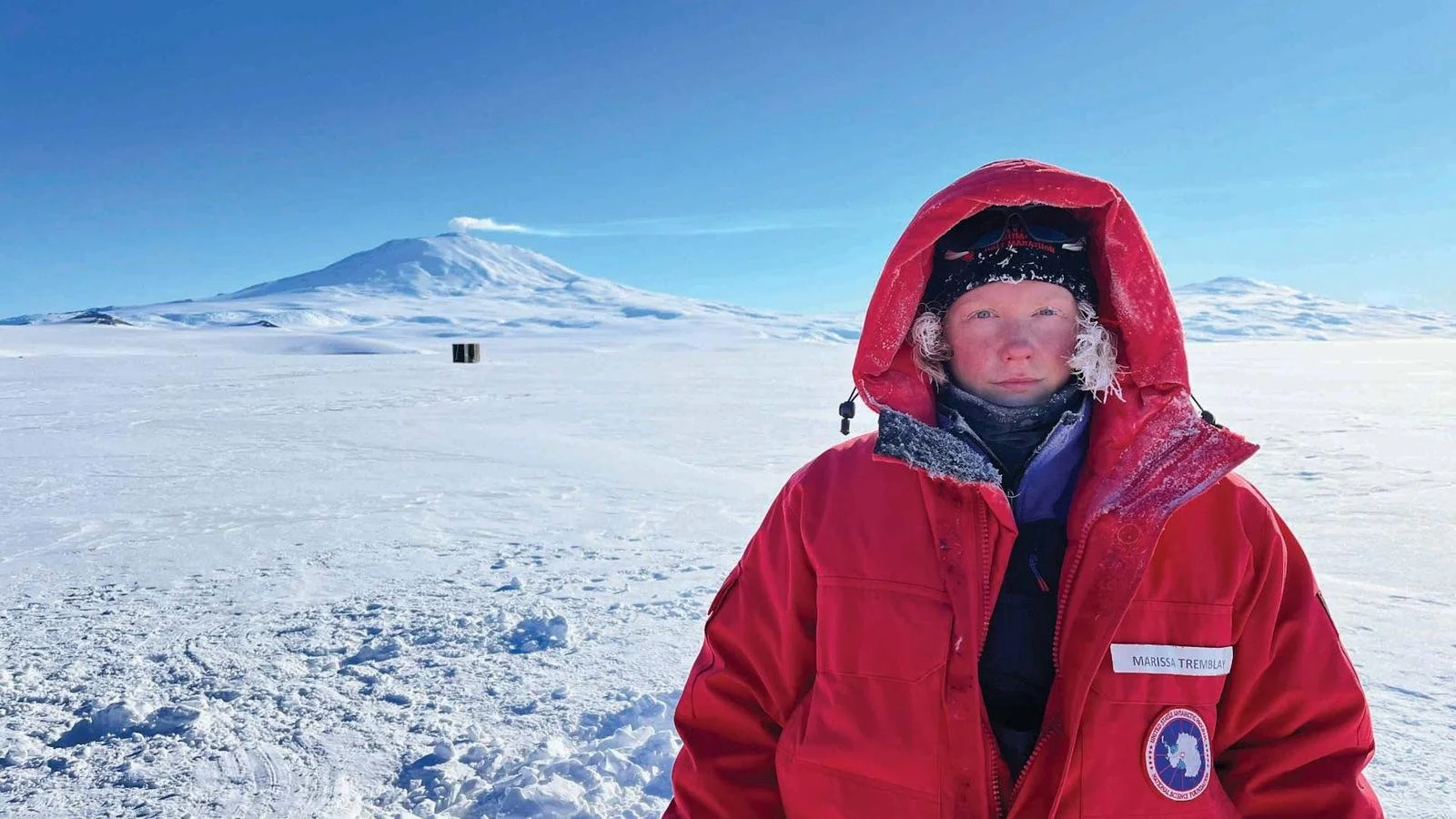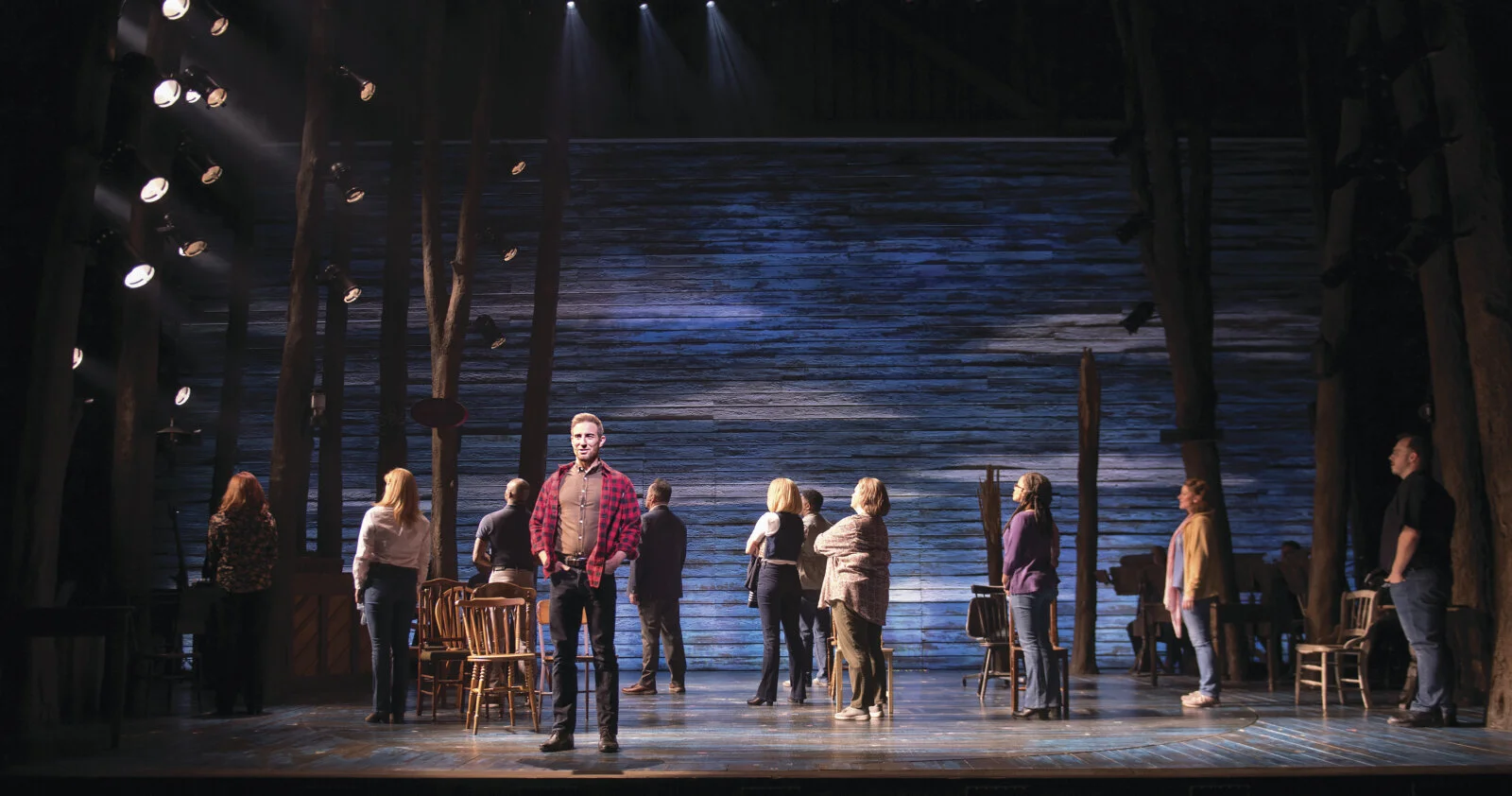One of the first things a young cadet learns is how to properly shine military-issue leather shoes.
ROTC programs are designed to model operational military units for which customs and courtesies — including a meticulously presented uniform — are the foundational basis for etiquette and conduct.
Col. Chris Moss (LA’90), commander of the 30th Space Wing and Western Range, Vandenberg Air Force Base, in central California, fondly remembers shining shoes with his flight, the two dozen junior cadets for whom he served as flight commander in ROTC. In those days, patent leather shoes were a privilege afforded to senior cadets, which meant Friday night gatherings for underclassmen, replete with cotton balls and wax.













